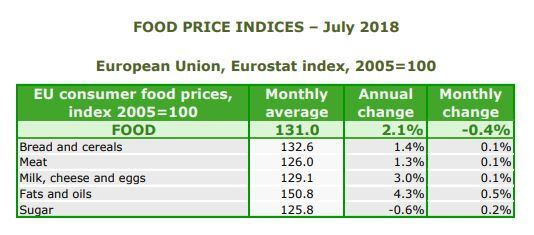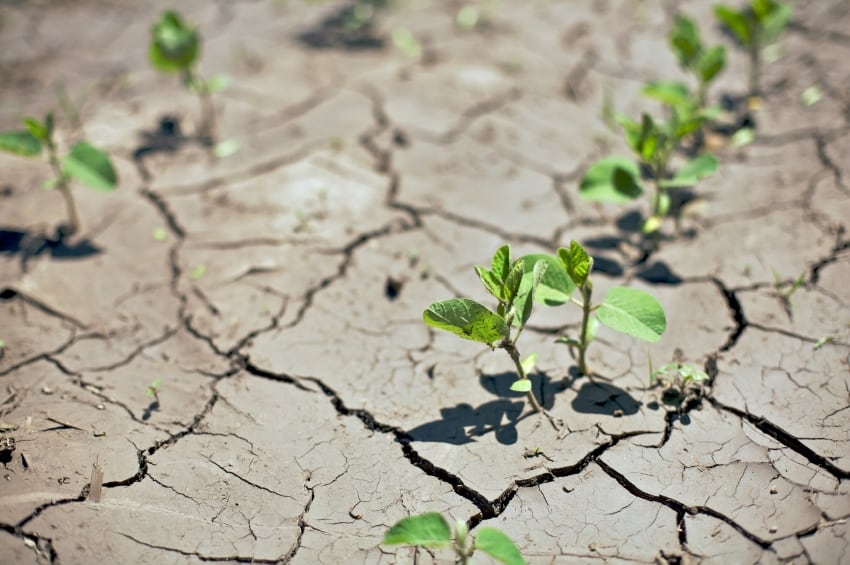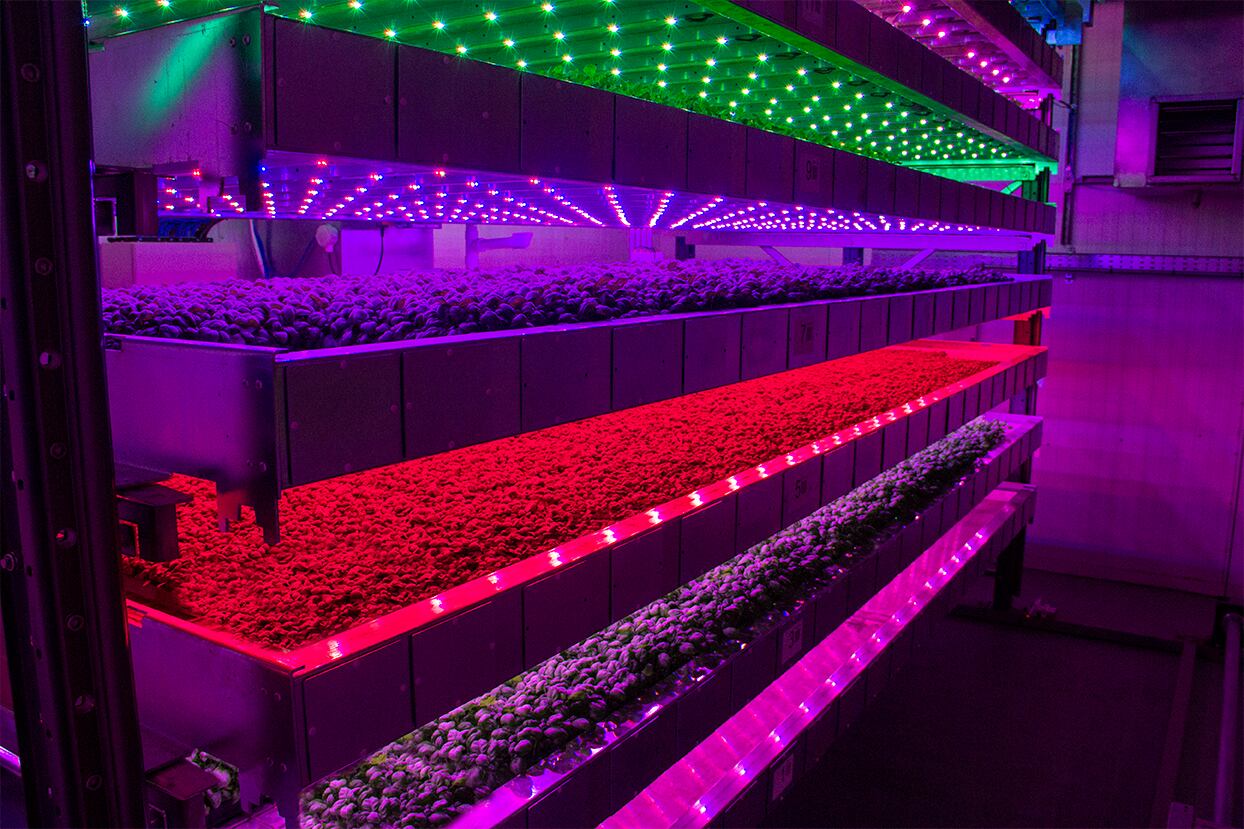Europe has been affected by high temperatures and low rainfall since May this year, putting pressure on agricultural production and driving up the price of various commodities.
According to EuroStat’s latest commodities price dashboard, for the month of July, the price of soft wheat, durum wheat, maize and barley increased by 8.7%, 9.1% 5% and 11.9% respectively month-on-month.
The European Commission detailed a swathe of measures that it said would provide “additional flexibility” to farmers yesterday (30 August). In particular, the package aims to help farmers provide sufficient fodder for animals. It is designed to complement an earlier decision to allow farmers advance access to subsidy payments and derogations from greening requirements such as crop diversification.
Commissioner for Agriculture, Phil Hogan, said he is “very concerned” by the extreme weather conditions, which are having a significant impact on the production of arable crops.
"We are today taking additional action which I believe should provide relief to European farmers against the shortage of feed for animals. I welcome the recent announcements by several Member States ready to act for their agricultural sector, and I will continue working with them to ensure they use to the full extent the possibilities available, most notably within the Common Agricultural Policy."
Today's proposals were submitted to Member States gathered in a Committee meeting. They should be voted in the coming days and formally adopted by the end of September, the EC said.
Support packages
Provisions in the two support packages include:
• Higher advanced payments: farmers will be able to receive up to 70% of their direct payment and 85% of payments under rural development already as of mid-October 2018 instead of waiting until December to improve their cash flow situation;
• Derogations from specific greening requirements, namely crop diversification and ecological focus area rules on land lying fallow, to allow such land to be used for the production of animal feed.
• Possibility to consider winter crops which are normally sown in autumn for harvesting/grazing as catch crops (prohibited under current rules) if intended for grazing/fodder production;
• Possibility to sow catch crops as pure crops (and not a mixture of crops as currently prescribed) if intended for grazing/fodder production;
• Possibility to shorten the 8-weeks minimum period for catch crops to allow arable farmers to sow their winter crops in a timely manner after their catch crops;
• Extension of the previously adopted derogation to cut/graze fallow land to France.
Supply chain impact and rising prices
Profel, the European Association of Fruit and Vegetable Processors, stressed that lower agri-food production is having a knock-on impact down the supply chain.
“This year’s weather has particularly impacted the frozen and canned vegetable sector, where field losses have resulted in reduced and irregular deliveries of fresh vegetables to the processing factories, leading to increased production costs and less products processed,” the organisation said.
Profel data revealed that field yields are down by 25-50% for peas, up to 50% for beans, and by 15-50% for onions.
Meanwhile, in dairy processors like Arla and Dairy Crest have announced increased payments to their farmers to support them in the face of rising feed and fodder costs.
“The 2018 drought is turning out to be one of the most serious long-term weather effects for more than 25 years and many are already comparing it with 1976. The dry weather is compounding the poor conditions experienced in the second half of the 2017 growing season, and the wet, cold spring, which affected early season growth this year,” consultancy group Kyte noted in a report into the impact of the drought on the dairy sector.
“To date milk supply is holding up reasonably well, and is only falling marginally quicker than normal as we head towards the annual trough in production. However, as you can only feed forage once, there could be potential issues in the pipeline later in the year.”
While the drought is adding expense across the food sector, higher costs are yet to translate to significantly higher consumer prices.
The Eurostat food price index for July showed only a marginal month-on-month increase in prices across the region.

Nevertheless, commentators do expect the hot weather to eventually be passed along the chain. “We expect upward pricing pressure of food prices over the coming months,” Shore Capital analyst Clive Black noted.


